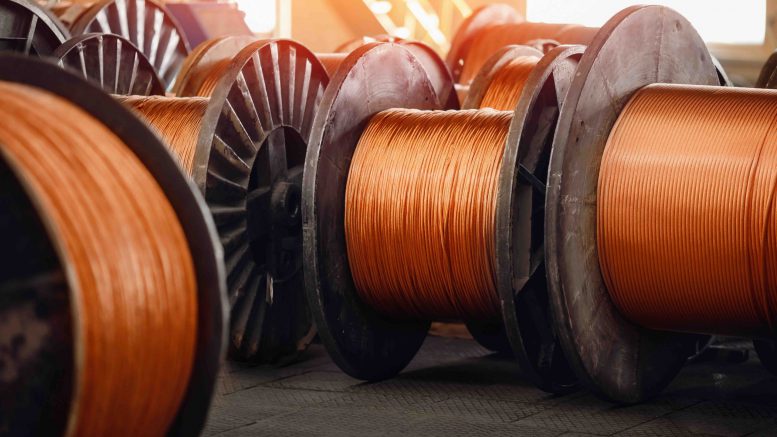Potential U.S. tariffs on copper will only serve to drive up prices for consumers because domestic producers won’t be able to make up the shortfall, the former CEO of Chilean mining giant Codelco says.
Implementing such a measure as part of protectionist policies to boost domestic copper production would not be beneficial for the U.S., Marcos Lima, Codelco’s former CEO, said Friday. Lima is a founding partner at the CIS Consultores consultancy in Santiago.
U.S. President Donald Trump on Tuesday signed an executive order that launches a so-called Section 232 review into copper imports. Section 232 investigations are called to determine the effects of any imports on U.S. national security.
“The only thing that will happen is that the price of copper in the United States will rise,” Lima said Friday via email. “It’s impossible for the country to increase its production levels overnight.”
The probe into copper – which is designed to give Trump ammunition to impose levies – threatens to escalate concerns over the effects that a trade war would have on global growth. Trump, who reiterated yesterday he intends to slap import tariffs on Mexican and Canadian goods, has also vowed to penalize shipments from the European Union.
In 2018, Trump imposed a 25% tariff on steel and a 10% tariff on aluminum after arguing that foreign shipments threatened U.S. national security. The current probe follows that track, heightening concerns among traders and market watchers.
Foreign strategy
China has been using state subsidies and excess capacity to weaken foreign competition and boost market share, Peter Navarro, the White House’s senior counselor for trade and manufacturing, said this week.
“Like our steel and aluminum industries, our great American copper industry has been decimated by global actors attacking our domestic production,” Navarro said. “American industries depend on copper and it should be made in America, no exemptions, no exceptions. It’s time for copper to come home.”
U.S. copper production has been declining in recent years, and the country’s permitting system remains a major obstacle to speeding up mining projects. U.S. copper production dropped 3% last year from 2023, following an 11% decline in 2023, according to US Geological Service data.
The executive order exposes vulnerabilities in the U.S. copper supply chain. While the country holds ample reserves, it has lagged other global players in smelting and refining capacity.
A single foreign producer – likely China’s Jiangxi Copper – controls over half of global smelting capacity and owns four of the top five refining facilities, according to a White House brief released this week. China is the world’s largest consumer of copper, and Jiangxi is the nation’s largest supplier of the refined metal.
Imports
U.S. copper imports have soared to 45% last year from nearly nothing in 1991, leaving domestic producers exposed to price suppression and supply disruptions.
Copper futures tracked by Trading Economics surged to as high as US$4.68 per lb. on the back of the order this week before paring gains. On Friday, they fell to US$4.52.
Meantime, traders such as Glencore (LSE: GLEN) and Trafigura are scrambling to ship copper to the U.S. ahead of a potential tariff announcement to capitalize on potential profits, Bloomberg reported Wednesday. Spokespeople for Glencore and Trafigura declined to comment.
U.S. copper prices have traded at a premium of as much as $1,300 a tonne this month, Bloomberg said. Shipping copper to the U.S. costs about $300 a ton or less.


Be the first to comment on "Copper tariffs to hit consumers: ex-Codelco CEO"